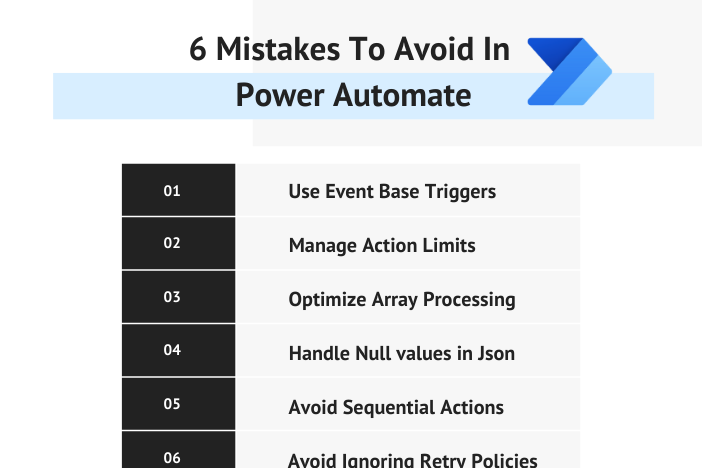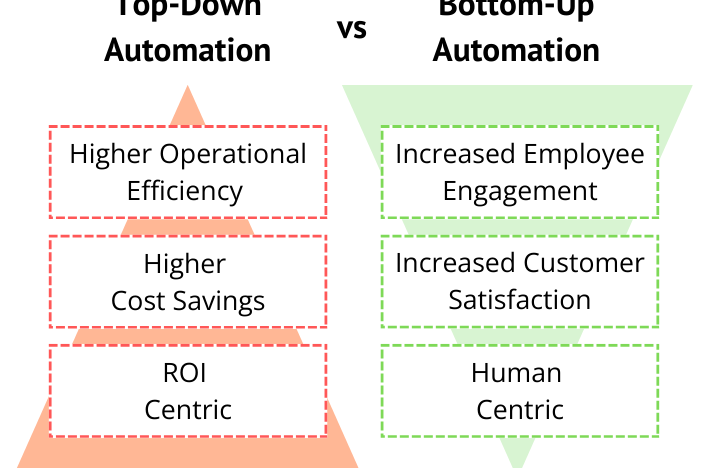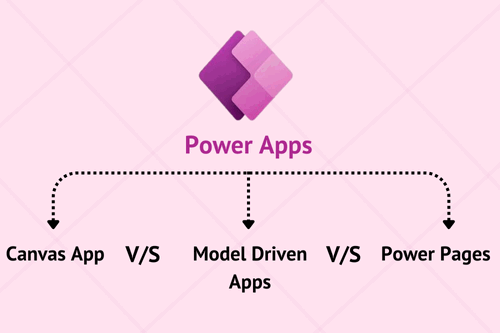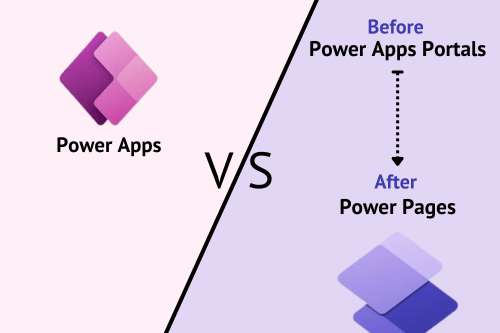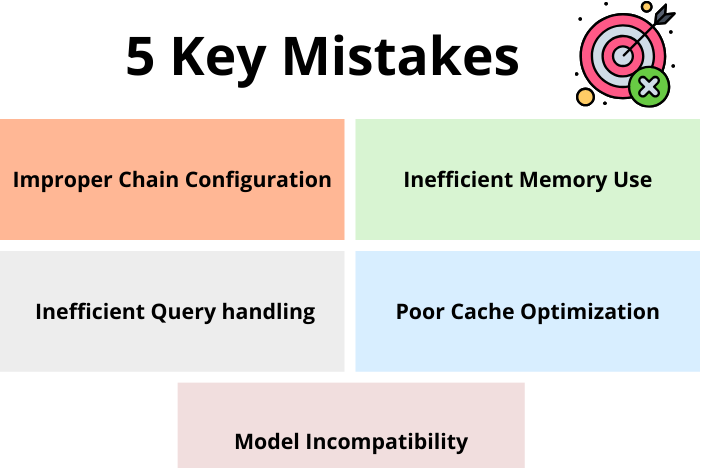The Importance of Choosing the Right Tenancy Model
Single, mixed, multi…it sure can get confusing sorting out which tenancy model would best meet your application’s requirements. However, choosing the right model is crucial and is based on a fine balance between your budget and needs. Read on to make a more informed choice.
Have a Saas application built in the NTR architecture and are unsure which tenancy model best fits the bill? Well, you are at the right place! In this short blog, we’ll go into what NTR architecture is, what each tier provides, the types of tenancy models, and how they overall affect each tier. By the end of this blog, you’ll have a pretty good idea as to what would be the best fit for your application. And if you still have doubts, you can check our 2-minute summarized video out!
Why Does the Right Tenancy Model Matter?
Tenancy models in SaaS applications determine the level of isolation and utilization of resources provided in the application’s infrastructure. If your SaaS application is built in the NTR (Network, Transport, and Resource) architecture, the tenancy model chosen would affect the allocation and sharing of resources amongst customers. This not only impacts the privacy of the data but also the overall cost.
The tenancy model would determine how much isolation the customer receives as well as the availability of resources. Thus, for those conscious of the security and privacy of data, an isolated model would be preferable. However, when it comes to cost-effectiveness then the multi-tenancy model is preferred. Here, it should be understood that isolation would be compromised, and stringent security would have to be put in place for privacy protection.
Which Tenancy Model to Choose?
Which tenancy model to choose would depend on a variety of factors from (1) application requirements (2) the level of customization needed (3) security considerations to (4) cost constraints. Based on the careful consideration of these you can arrive at the right model to suit your needs. However, it is important to remember that each model has its own set of pluses and minuses and so a careful evaluation of application requirements needs to be considered.
Feeling overwhelmed? We’ve got you covered! Learn the basics of which Tenancy models best suits your purpose in our two-minute Chalk Talk video!
Single Tenancy
• Each customer would have a dedicated instance of the application
• No resources are shared, the web, middle, and data tiers are exclusively allocated to the customer
• Offers the highest level of isolation with greater security and customization
• Can be more expensive as dedicated resources would be required for each customer
Mixed Tenancy
• The data tier maintain isolation as each customer is provided with their own separate database
• Web and middle tiers are shared amongst multiple customers
• Resources can be shred and this makes it more cost-effective as common infrastructure components can be shared amongst customers
• Strikes a balance between cost-efficiency and isolation
Mixed Tenancy: The Best of Both Worlds?
Our client Vici developed a SaaS application to provide project management services to their clients. When it came to the choice of the right tenancy model their focus was mainly on their customers. Based on this they focused on three parameters: (1) customer needs (2) customer budget (3) customer security. Based on this the middle path – a tenancy model that was both cost-effective as well as privacy orientated was the Mixed Tenancy Model.
Here’s how it proved to be the best decision: By sharing the web and middle tiers across multiple customers resource utilization was optimized and infrastructure costs were reduced. Thus, a large customer base could be served without a significant rise in expenditure.
Multi Tenancy
• The web, middle, and data tiers are shared among multiple customers
• Maximizes the utilization of resources and their cost-effectiveness since multiple customers can share the same infrastructural components
• Though lower in costs, the levels of isolation too are lower as compared to the single and mixed tenancy model. Therefore, security measures need to be more robust.
• Data partitioning too would be needed for data privacy and to prevent possibilities of unauthorized access.
The Link Between Tiers and Tenancy Models
The link between tenancy models and the tiers lies in how resources and functionality are to be shared and allocated amongst the customers within each tier. The tenancy model will determine the level of (1) isolation and (2) sharing across the three tiers.
| Tenancy Model | Impact on Tiers |
|---|---|
| Single Tenancy | Maximum isolation & customization for each tier as each customer has dedicated resources across all tiers |
| Mixed Tenancy | Comparatively cost-effective as there is resource sharing between the web and middle tier while the data tier is isolated. |
| Multi Tenancy | Most cost-effective but needs better security measures as all tiers are shared and so data partitioning is a necessity to ensure privacy of data. |
It is important to make an informed decision when choosing the right tenancy model as it will directly impact how customer access and interact with the tiers of the SaaS application. Based on the details above select a tenancy model that aligns with three requirement parameters: (1) customization, (2) security, and (3) cost. Remember, the model you choose will determine the level of (1) resource sharing (2) data segregation and (3) overall architecture, so choose wisely!
And if you want an expert take, why not connect with our team of experts at Sunflower Lab? We’ve got expertise in over 32+ industries with more than a decade of experience and over 150 experts on board. We’d love to hear from you! Do contact us!
You might also like
Stay ahead in tech with Sunflower Lab’s curated blogs, sorted by technology type. From AI to Digital Products, explore cutting-edge developments in our insightful, categorized collection. Dive in and stay informed about the ever-evolving digital landscape with Sunflower Lab.



